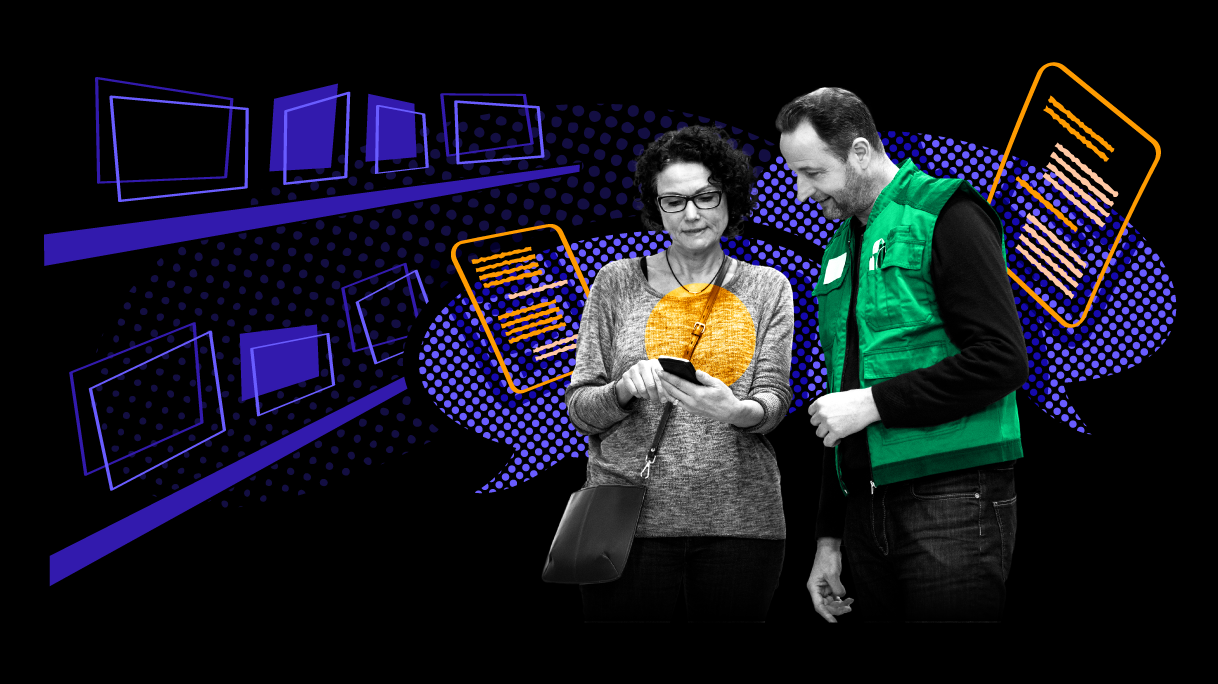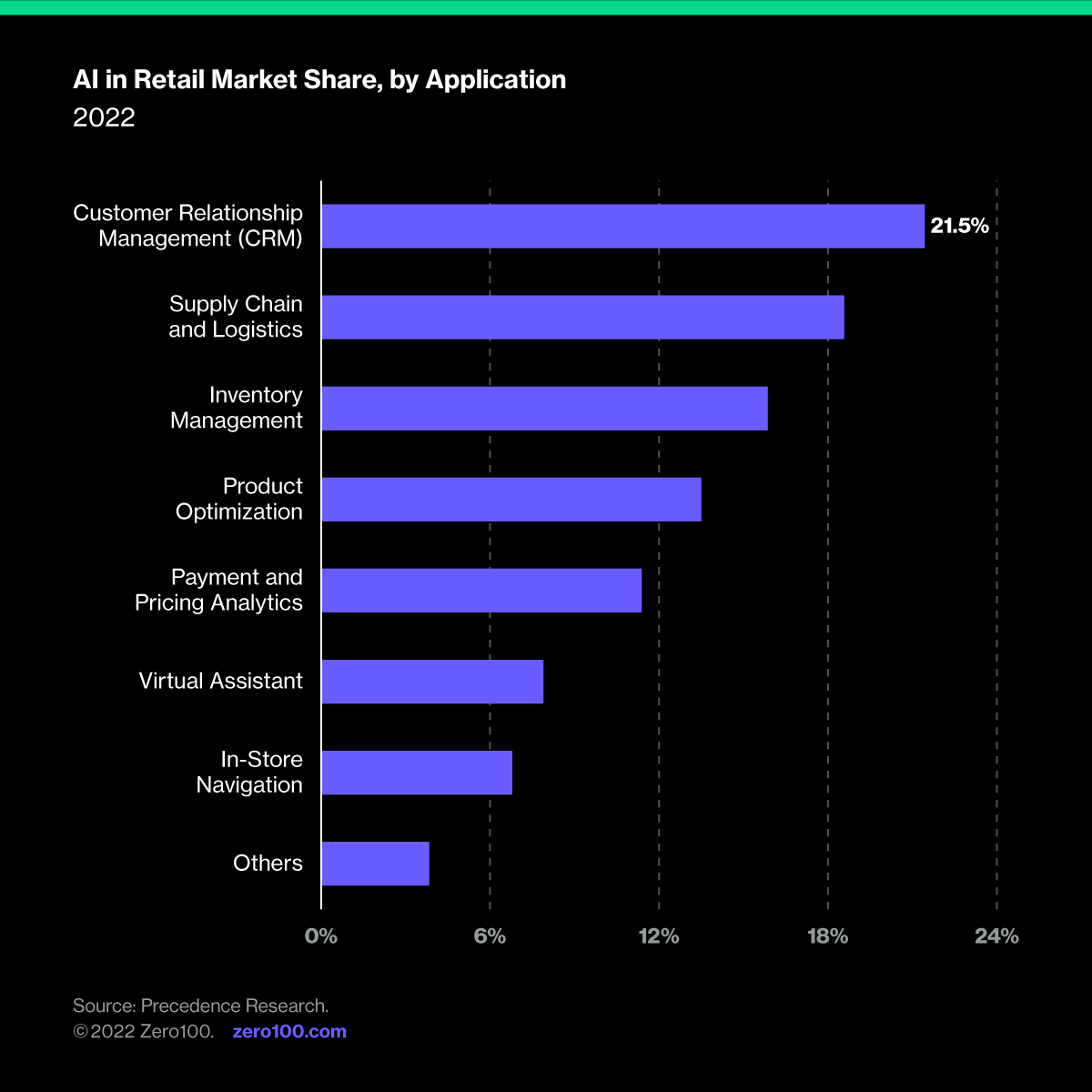
AI In-Store: Where’s the Chatbot for Better Service?
Brick & mortar retail is here to stay, and the role of sales associates is critical to its future. Complementing the human touch with AI chatbots in store to triage customer problems and give visibility to solutions seems like a winner.
I recently bought a freezer at Lowe’s. It was excellent value, easy to find online, and available at my local store. Unfortunately, when I got to the appliance section of the store it was on a shelf eight feet off the ground. No problem, I thought, just ask the sales associate if someone can help me get it down.
Her answer: “No.”
My follow up: “How can I buy this freezer?”
Long story short, this was the first chapter of a hilarious 25-minute mystery in which I waited blindly for any news about “Dan from appliances” or whether anyone at Lowe’s was prepared to take my money. In the end, of course, another (very nice) sales associate emerged from the back with my freezer on a cart and all was well.
The Lowe’s app was no help at all, and with all the uncertainty, I was barely able to resist bailing and heading to Home Depot two miles away. I’m pretty sure AI could solve this problem, and probably many others that arise in-store when the shopper has already committed to a specific location.
Brick & Mortar Service Is All About Location
Lowe’s app chatbot is fine, but it’s built around the online shopping experience, and I already knew everything that it could tell me. The failing was that neither I nor anyone in the store had any kind of tech support specific to exactly where I was as a shopper – both physically and in the buying process.
The necessary data should all be available, including not only store-specific inventory, but time and location specific-staffing, plus answers to other questions like possible substitutes, fulfillment options, and logical complementary products. As a shopper, having this information provided by a chatbot would be plenty to keep me happily waiting and possibly buying more, precisely because I am already in the store and my needs have narrowed down from Lowe’s entire e-commerce universe to just eight feet.
The consumer side of the equation requires that we are willing to have geolocation active on our mobile devices, and have the app installed, so it’s not as simple as asking face-to-face for help from a human. And yet, some brands make it work with promotions that pull you in, like Burger King’s $0.01 Whopper coupon offered automatically to app users who come within 600 feet of a McDonalds or Pilot Flying J which offers truckers location specific promotions based on the customer’s past purchases.
For stores like Lowe’s, with huge footprints and bulky items the logic could extend to where you are in the store and what help (human or machine) is nearby and available to get the transaction done. In my case, waiting for “Dan in appliances” was only one of several possible solutions to my shopping problem. Given that I had already driven to the store, parked, entered, and prepped my car to handle the big box, I was pretty darn receptive to compromises that would let me check off this errand.
An attentive, informed human would be best, but a capable chatbot would have worked fine.

Retail AI on Steroids
AI in retail is not new. Walmart has been at it for years, with innovation ranging from machine vision for inventory management to shopper specific suggestions and virtual fitting rooms. Its Intelligent Retail Lab and Store No.8 tech incubator are systematically investing in AI across many use cases.
Amazon, meanwhile, has used AI as a key ingredient in its Just-Walk-Out technology used not only in its Amazon Go stores, but also in Hudson Nonstop airport stores and Boston’s TD Garden sports arena. The potential gains of linking these capabilities across the shopping experience could be huge.
And yet, too little of this innovation is working to improve the human-to-human experience in the store. Brick & mortar retail is here to stay, and the role of sales associates is critical to its future. Complementing their human touch with automation that can triage customer problems and give visibility to solutions seems like a winner.
Maybe the next big frontier in AI for retail is using tech to make the job of a sales associate easier.